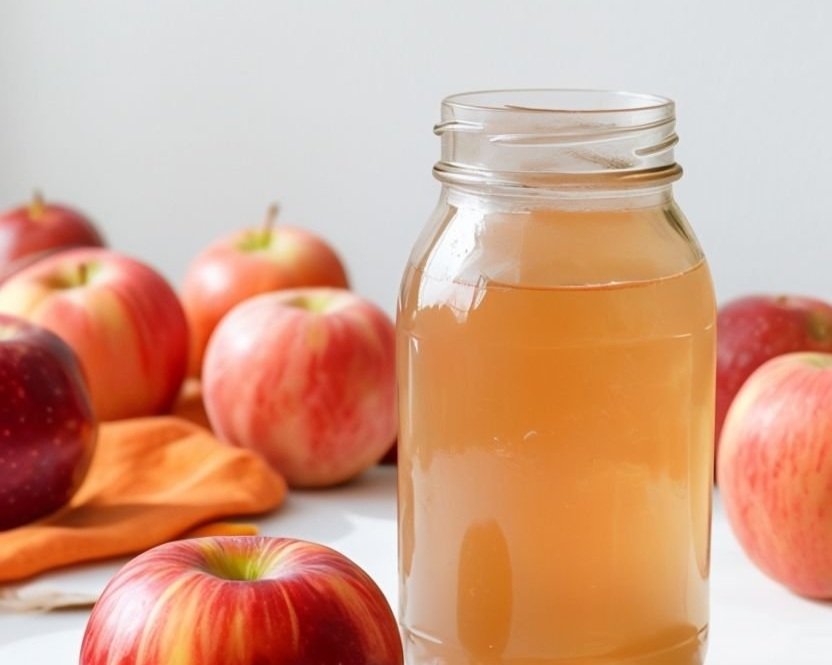Food Preservation Monday: Homemade Apple Cider Vinegar
Making your own Apple Cider Vinegar (ACV) is a simple and rewarding way to use apple scraps and reduce food waste. This homemade ACV is perfect for cooking, cleaning, and wellness routines. Follow our easy recipe, and you’ll have a delicious and versatile vinegar that’s fresher and more flavorful than store-bought varieties.
Ingredients:
Apple peels and cores from 4-6 apples
2 tablespoons sugar
Water (enough to cover the apples)
Instructions
Prepare the Apples:
Rinse the apple scraps thoroughly to remove any dirt or pesticides. Place the peels and cores into a clean glass jar.
Add Sugar and Water:
Dissolve the sugar in water and pour it over the apple scraps, making sure they are completely submerged. Leave about an inch of space at the top of the jar.
Weigh Down the Apples:
Use a small glass or fermentation weight to keep the apple scraps submerged. This helps prevent mold growth during fermentation.
Cover and Ferment:
Cover the jar with a cloth or paper towel and secure it with a rubber band. This allows the vinegar to breathe while keeping out dust and bugs. Let it sit at room temperature for 2-4 weeks, stirring daily.
Strain and Store:
After the fermentation period, strain out the apple pieces and transfer the liquid into a clean jar. Cover and let it ferment for another 3-4 weeks until it reaches your desired acidity level.
Bottle and Enjoy:
Once the ACV has the flavor and acidity you prefer, bottle it and store it in the refrigerator or a cool, dark place.
Tips:
Use Organic Apples: If possible, use organic apples to ensure your vinegar is free from pesticides and chemicals.
Adjust the Sweetness: If you prefer a sweeter vinegar, add a bit more sugar during the initial fermentation process.
Why Make Apple Cider Vinegar at Home?
Homemade ACV is a sustainable way to use apple scraps that might otherwise go to waste. It’s a versatile ingredient, perfect for cooking, as a natural cleaner, or even as a hair rinse. By making it yourself, you can control the flavor and acidity, ensuring a fresh and chemical-free product.
We hope you enjoy making and using your own apple cider vinegar! Share your experience with us on social media using #FoodPreservationMonday.



